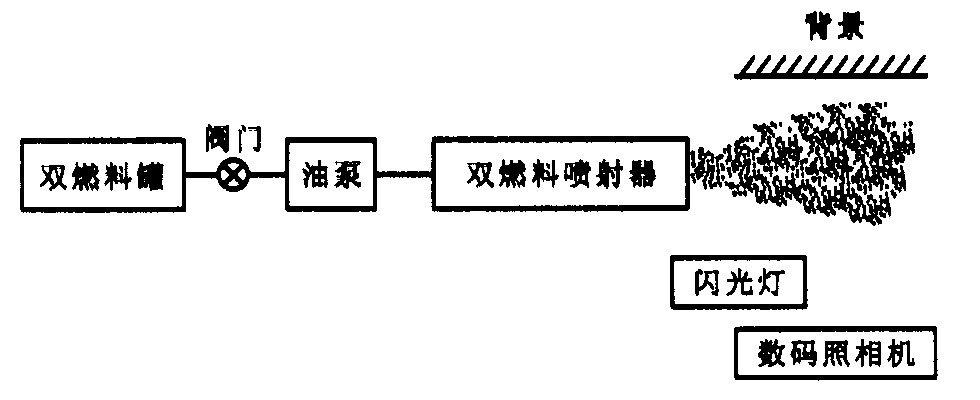Atomization characteristics comparison between diesel and LPG/diesel dual fuel
-
摘要: 采用高分辨率数码照相机对柴油与LPG/柴油混合喷雾特性进行了对比研究。结果表明, 随着LPG掺混比的增大, 喷雾油滴的平均直径减小, 油滴尺寸数目分布曲线向小颗粒方向偏移, 小颗粒油滴数目增多, 雾化质量提高, 使发动机碳烟排放大幅度降低; 大颗粒油滴尺寸变化不大, 小颗粒油滴尺寸变小, 相对尺寸范围和发散边界扩大。随着喷雾贯穿距离的增大, 柴油油滴的粒度增大; 混合燃料的油滴尺寸的数目分布向小颗粒偏移, 累积容积油滴直径则增大; 相对尺寸范围和发散边界呈减小趋势, 油滴容积分布在较大油滴的范围内渐趋均匀; 喷射距离较长, 油束射程总是等于油束到达燃烧室壁面的最大距离。Abstract: The comparison was analyzed by using high resolving power digital camera.Resultsshow that with LPG mixed ratio increasing, fuel droplet mean-diameters of the sprays decrease, the curve of fuel droplet size number distribution moves toward smaller diameters, and the small-size droplet number increases, spray quality goes well, and engine smoke reduces accordingly; large-size droplet diameters almost have no change, but small-size droplet diameters decrease, and relative size range and dispersion boundary of droplets increase; with penetrated distance of spray increasing, diesel droplet sizes increase, droplet sizes number distribution of the mixed fuel moves toward smaller diameters, and droplet diameters of cumulate volume increase. Both relative size range and dispersion boundary of fuel droplets have a decrease tendency; the volume distribution of fuel droplets goes to uniform gradually within larger-size range, because penetrated distance is large, spray shot distance always equal to the maximum distance that fuel can touch combustion chamber wall.
-
表 1 雾化油滴平均直径的比较
Table 1. Mean-diameters comparison of spray fuel droplets /μm
L= 40 cm L=60 cm D10 D30 D32 D10 D30 D32 Diesel 30 32 34 36 40 43 E10 24 31 33 26 32 33 E30 23 27 30 26 31 32 表 2 雾化油滴的特征直径
Table 2. Representative diameters of spray fuel droplets
/μm L=40 cm L=60 cm D0.1 D0.5 D0.9 D0.999 D0.1 D0.5 D0.9 D0.999 Diesel 24 33 51 59 31 44 58 65 E10 21 32 51 59 22 32 52 59 E30 18 31 49 59 24 44 59 65 表 3 雾化油滴的发散
Table 3. Dispersion of spray fuel droplets
L=40 cm L=60 cm Δs Δb Δs Δb Diesel 0.82 0.79 0.61 0.48 E10 0.94 0.84 0.94 0.84 E30 1.00 0.90 0.80 0.48 -
[1] Cao Jianming. On the theoretical prediction of fuel droplet size distributions in nonreactive diesel sprays[J]. ASME Journal of Fluids Engineering, 2002, 124(1): 182-185. [2] MugeleR, EvansH D. Droplet size distributions in sprays[J]. Ind. Eng. Chem., 1951, 43(6): 1324—1371. -





 下载:
下载:














